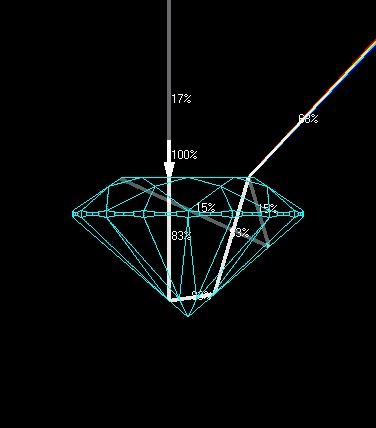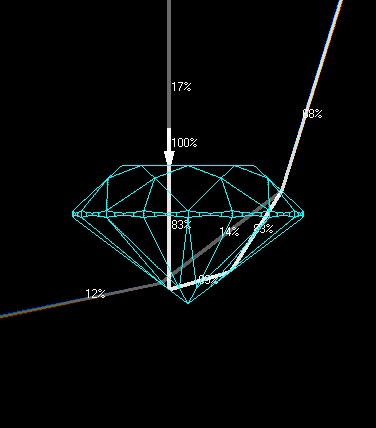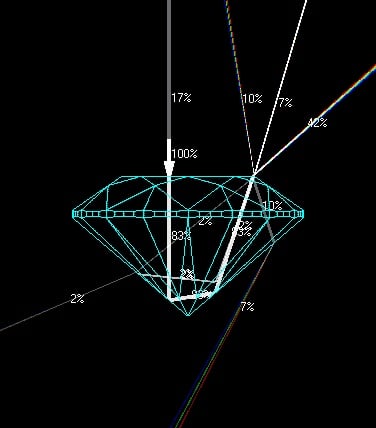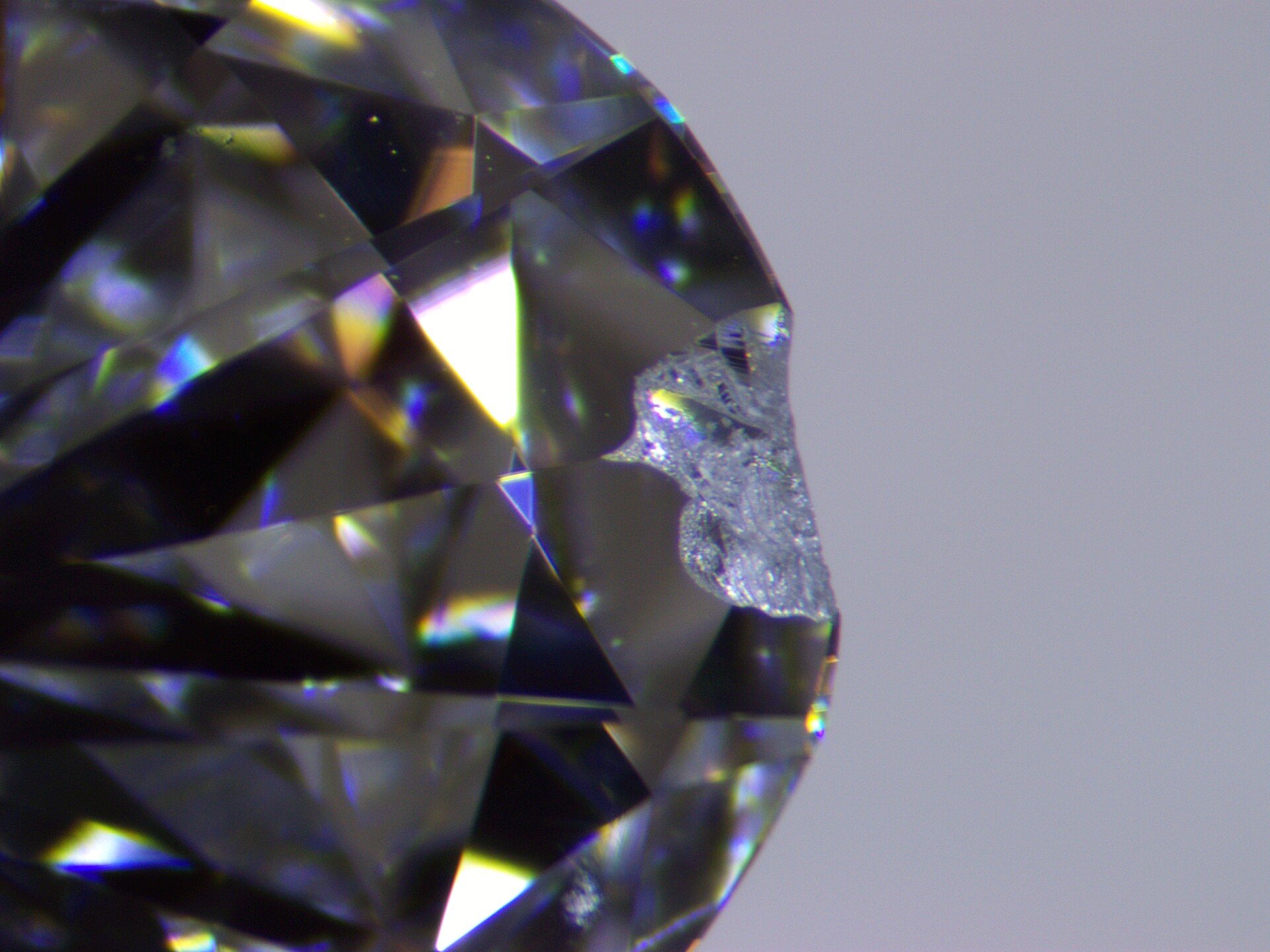Recently, I was talking to a local jeweler about a stone that I was very interested in. I wanted to to know if the diamond was GIA certified. His answer was no, BUT that it had been gemprinted. Is this an alternative to GIA certification? Can I buy with confidence with the just a Gemprint? Thanks for your time.















300x240.png)